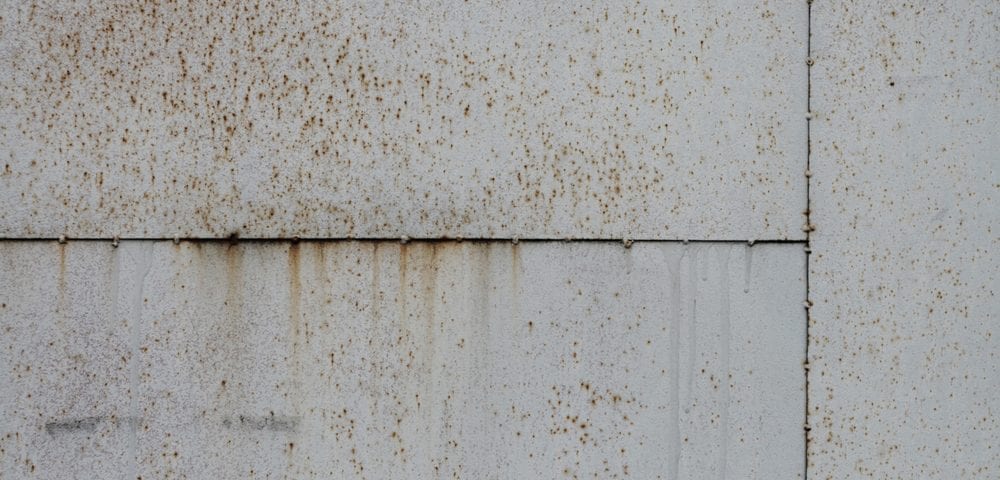Galvalume for Metal Oxidization Protection, Part 2

Galvalume for Metal Oxidization Protection, Part 1
February 13, 2019
Ins and Outs of Steel Numbering Systems
March 1, 2019In part one of this two-part blog, we went over the basics of a material known as Galvalume. Related in many ways to the galvanizing process, and with similar goals – to help protect metal from oxidization and resulting corrosion risks – Galvalume is regularly used across several metal industries, particularly multiple areas of the steel world.
At Wasatch Steel, we can help you determine whether either the galvanizing process or Galvalume might be right for any of the steel products you buy from us. Our pros have years of experience with every possible steel application, and they can advise you on which of these areas – or neither – might be best for the kind of project you’re considering. In today’s blog, we’ll go over a few additional details of Galvalume: What kinds of metals it can be used with, plus when it’s best to be used and a few important situations where you should not use it.
Types of Metal
The single most common metal format that utilizes the Galvalume coating is carbon steel, which can use this oxidization protection for numerous purposes. However, virtually any material that’s eligible to be galvanized can usually be coated with Galvalume instead – the two use some of the same elements when it comes to protecting your metal, after all.
Some of the other metal types that can be used with Galvalume include cast iron, various forms of ferritic stainless steel, plus martensitic stainless steels. It can also be used for various low-alloy steels in several applications.
When to Use Galvalume
One of the primary benefits of Galvalume, particularly when comparing it directly to the galvanizing process and determining which is right for your next project, is the way it performs outdoors. It’s known as the best form of corrosion protection within this realm, with resistance far superior to standard galvanized steel.
Not only is this true for the standard outdoor environment, it’s true for the elements also. Galvalume is known to resist corrosion at high levels even despite the presence of snow, ice, rain or other cooling elements. For this reason, one of the most common applications of Galvalume steel is for metal paneling and roofing, which need this kind of strength and resistance to the elements.
When NOT to Use Galvalume
It’s vital to note, however, that Galvalume should be avoided entirely when in any alkaline environment. The aluminum present in it will not do well with this environment, and Galvalume is significantly less useful if it’s damaged at all. For these kinds of environments, we recommend using galvanized steel instead if you need corrosion resistance properties.
For more on Galvalume and how it compares to galvanized steel, or to learn about any of our steel services or buy any of our products, speak to the staff at Wasatch Steel today.



